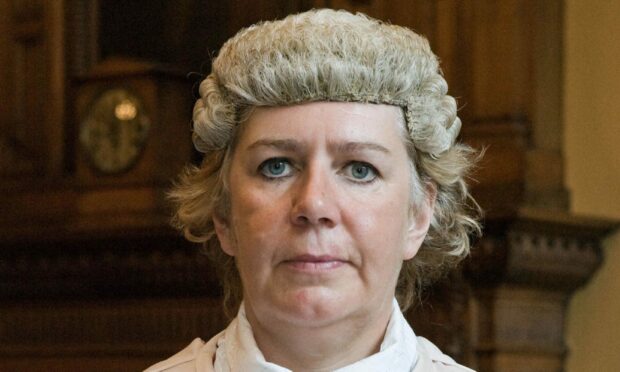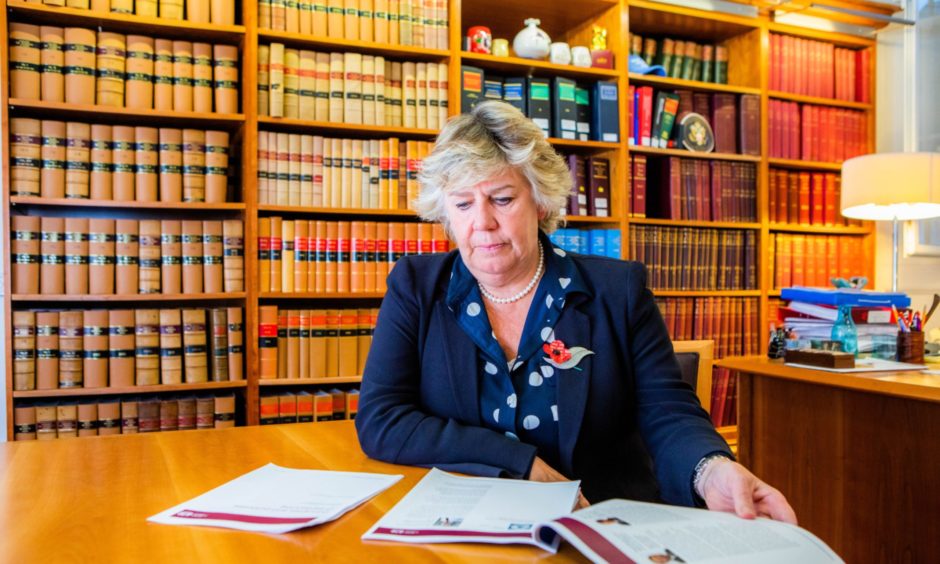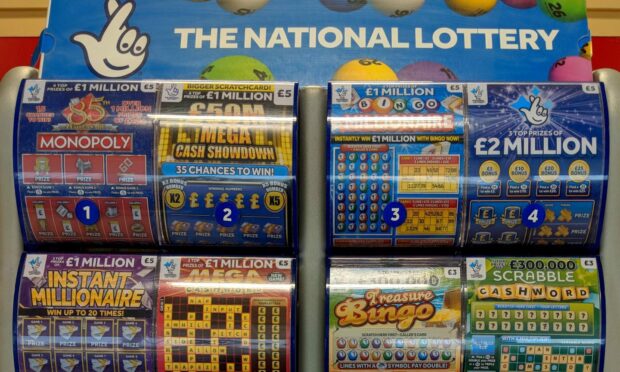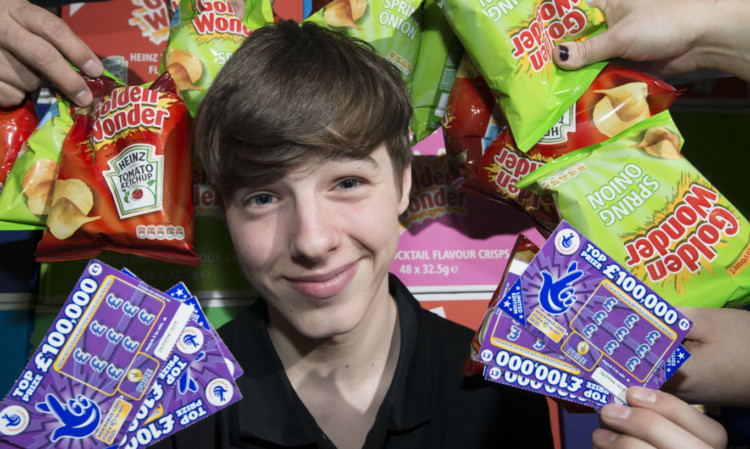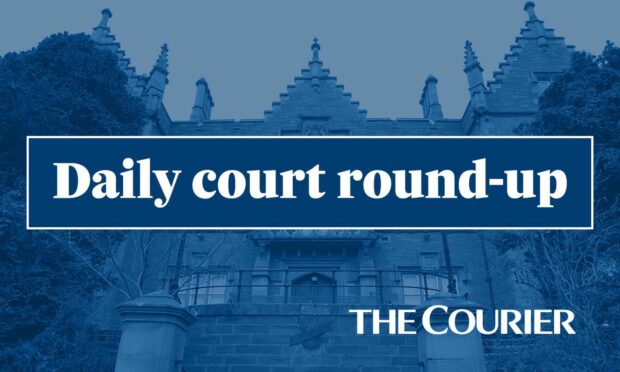Judges will have to take rehabilitation into account as a primary consideration when sentencing young people after a new guideline was approved in a “significant milestone”.
The Scottish Sentencing Council developed the guideline, which will come into effect for all courts in Scotland from January 26, 2022, as part of efforts to reduce reoffending among young people.
It recognises a young person will generally have a lower level of maturity, and a “greater capacity for change and rehabilitation”, than an older person.
The guideline was submitted to the High Court in September and was approved by the Lord Justice General Lord Carloway, Lord Woolman and Lord Pentland at a virtual hearing this week.
What will change?
It will apply to the sentencing of those who are under the age of 25 at the date of their plea of guilty or when a finding of guilt is made against them.
The guideline states the full range of sentencing options remains open to the court but a custodial sentence should only be imposed on a young person when the court is satisfied that no other sentence is appropriate.
It says if a custodial sentence is imposed on a young person, it should be shorter than that which would have been imposed on an older person for the same, or a similar, offence.
Why is it important?
Lady Dorrian, Lord Justice Clerk and chairwoman of the council, said: “The guideline explains in a clear and accessible way why a young person should be sentenced differently from a fully mature adult, with rehabilitation as a primary consideration.
“Its approval by the High Court is a significant milestone which will help to increase understanding and awareness of this complex and challenging area and, by setting out the various matters which should be taken into account when sentencing a young person, will be of assistance to sentencers and practitioners alike.”
What’s next?
Lady Dorrian said: “It also marks the end of the first phase of the Council’s work.
“Since the Council was established in 2015, our focus has been on completing a suite of three general guidelines which will set out a high-level framework for sentencing in Scotland.
Great news! @ScotSentencing's new guideline on the #sentencing of #YoungPeople was approved by the High Court this morning.
The guideline will come into force on January 26, 2022.#sentencingguidelines #youngpeople https://t.co/uCsnBS1kJi
— Scottish Sentencing Council (@ScotSentencing) November 9, 2021
“The sentencing young people guideline is the final part of that framework and its approval allows us to turn our full attention to guidelines on specific offences.”
